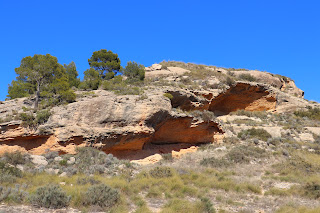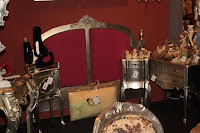Pinoso

Often, on the Pinoso Community Facebook page people, who are considering moving to this area, ask - 'What's Pinoso like?' So, as a nice easy blog, I thought I'd give my answer to that question for those people. First off, Pinoso is more a big village than a small town and expectations should reflect that. The town is in the province of Alicante, part of the Comunitat Valenciana, but it's right on the border with the Murcia region. Pinoso, like all of Spain, speaks Castilian Spanish which is the Spanish spoken worldwide. However, because it is a part of the Valencian region it also speaks a local variant of Catalan called Valenciano which is taught in all the local schools. You will hear Valenciano all over the place. Increasingly the town hall produces information primarily in Valenciano. The population of the municipality is a bit short of 9,000 people, and that includes all the people living in the satellite villages or pedanías that surround the town. Culebrón, w...









